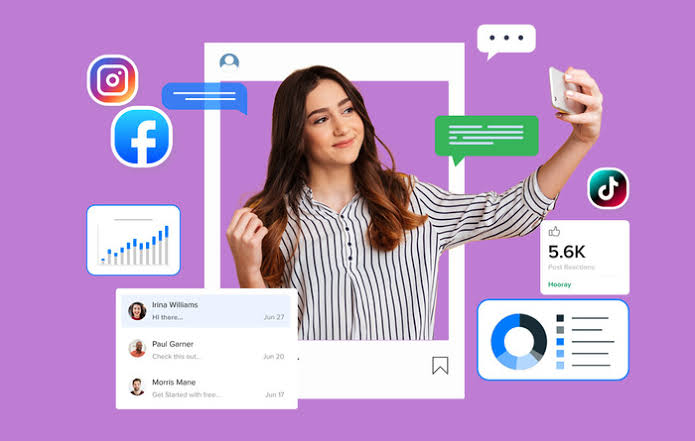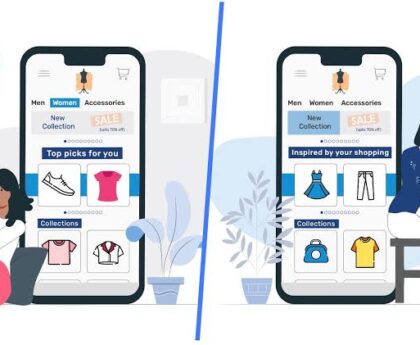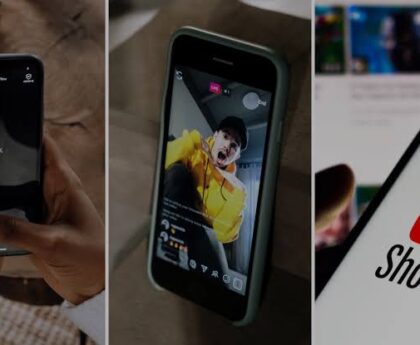
Influencer Marketing: How It’s Changing The Brand Landscape
Explore the history, rise, and future of influencer marketing, from royal endorsements to digital communities shaping brand narratives.
Table Of Contents
- Influencer Marketing in 2025: Why Brands Can’t Ignore It
- A Look Back: The Evolution of Influencer Marketing
- The Pioneer Era
- Fictional Influencers
- Celebrity Collaborations
- Reality TV Stars
- Social Media Influencers
- The Current State of Influencer Marketing
- The Future of Influencer Marketing: A Community-Led Shift
- Looking Ahead: The Power of Brand Communities
Influencer Marketing In 2025: Why Brands Can’t Ignore It

In today’s hyper-connected digital age, influencer marketing is more than a buzzword — it’s a dominant force in brand strategy. As of 2024, 93% of marketers use this approach, and 69% are increasing their budgets to match rising demand. Why? Because consumers trust people more than ads — and influencer marketing bridges that trust.
But this marketing revolution didn’t happen overnight. From royal endorsements to social media fame, the journey has been rich, dynamic, and deeply tied to how people connect with brands.
A Look Back: The Evolution Of Influencer Marketing
The Pioneer Era: Royal Influence
The story begins in the 18th century with Josiah Wedgwood, a British potter who gained Queen Charlotte’s endorsement. He branded his ceramics as “Queensware,” a luxury line tied to royal prestige. This moment marked the beginning of using well-known figures to sway public opinion — the earliest form of influencer marketing.
Fictional Influencers with Real Impact
Fast forward to the 20th century, fictional characters became marketing gold. Coca-Cola’s depiction of Santa Claus in 1932 humanised the brand during the Great Depression. In the 1970s, Quaker Oats’ “Little Mikey” became a symbol of trustworthiness. These characters delivered powerful authentic brand storytelling strategies before social media even existed.
Celebrity Collaborations
By the time TV and radio ruled, brands started tapping into celebrities. Nike’s iconic collaborations with sports stars and Pepsi’s music partnerships were perfect examples. While effective, celebrity endorsements eventually lost some traction due to their lack of relatability — something modern consumers crave.
Reality TV Stars and the Rise of “Authentic Fame”
Reality TV created a middle ground between celebrity and consumer. Shows like Keeping Up With The Kardashians gave rise to personalities that were more accessible. These individuals blurred the line between entertainment and everyday life, setting the stage for future influencers.
Social Media Influencers: The Digital Age
Social platforms revolutionised everything. People with relatable content — from lifestyle vloggers to niche hobbyists — began gaining large, loyal audiences. They weren’t celebrities, but they had social media engagement most brands only dreamed of. That’s when influencer culture exploded. From makeup tutorials to fitness tips, creators drove real purchasing decisions — birthing what we now call influencer marketing.
The Current State Of Influencer Marketing
In 2024, influencer marketing is a juggernaut. Consider these stats:
- 92% of consumers trust influencers over brand ads
- Influencer-led campaigns yield 11x higher ROI than traditional digital ads
- 70% of teens trust influencers more than celebrities
- 74% of users discover new products through social media
With nearly 40% of internet users using ad-blockers, influencer-generated content (IGC) has become a vital form of cost-effective content marketing. It’s authentic, relatable, and easily repurposed across platforms — websites, ads, emails, and even in-store.
The Future Of Influencer Marketing: A Community-Led Shift
Although powerful, influencer marketing isn’t without its challenges. Fake followers, algorithm shifts, and changing user behavior have prompted brands to evolve. Enter the era of the community-based approach — where the brand story is co-owned by a broader group of advocates.
Forward-thinking companies are now building out sustainable brand communities with diverse members, including:
- Influencers: Creators who offer reach and trust
- Customers: Passionate buyers who organically promote brands
- Creatives: Artists, photographers, and designers providing fresh content
- Ambassadors: Long-term partners who live the brand ethos
- Experts: Industry professionals adding trust and credibility
- Affiliates: Partners helping to drive targeted leads
- Employees: Internal voices who humanise the brand
Each group adds unique value, from co-creating content to sparking social media engagement and improving products based on direct feedback.
This shift taps into leveraging customer communities and moving from transactional engagement to emotional connection.
Looking Ahead: The Power Of Brand Communities
Influencer marketing is not just about star power — it’s about people power. From the days of royal endorsements to the era of digital marketing trends, the heart of this strategy has always been trust, relatability, and storytelling.
The future lies in building sustainable brand communities that incorporate influencers, fans, creatives, and employees. These diverse voices will help brands maintain authenticity and stay agile in a constantly shifting landscape.
As marketers, we must shift from pushing messages to co-creating stories. In this new age, return on investment in influencer marketing won’t just be about conversions, but also about loyalty, engagement, and the strength of the community behind the brand.
In short, brands don’t control the narrative anymore — their people do.




